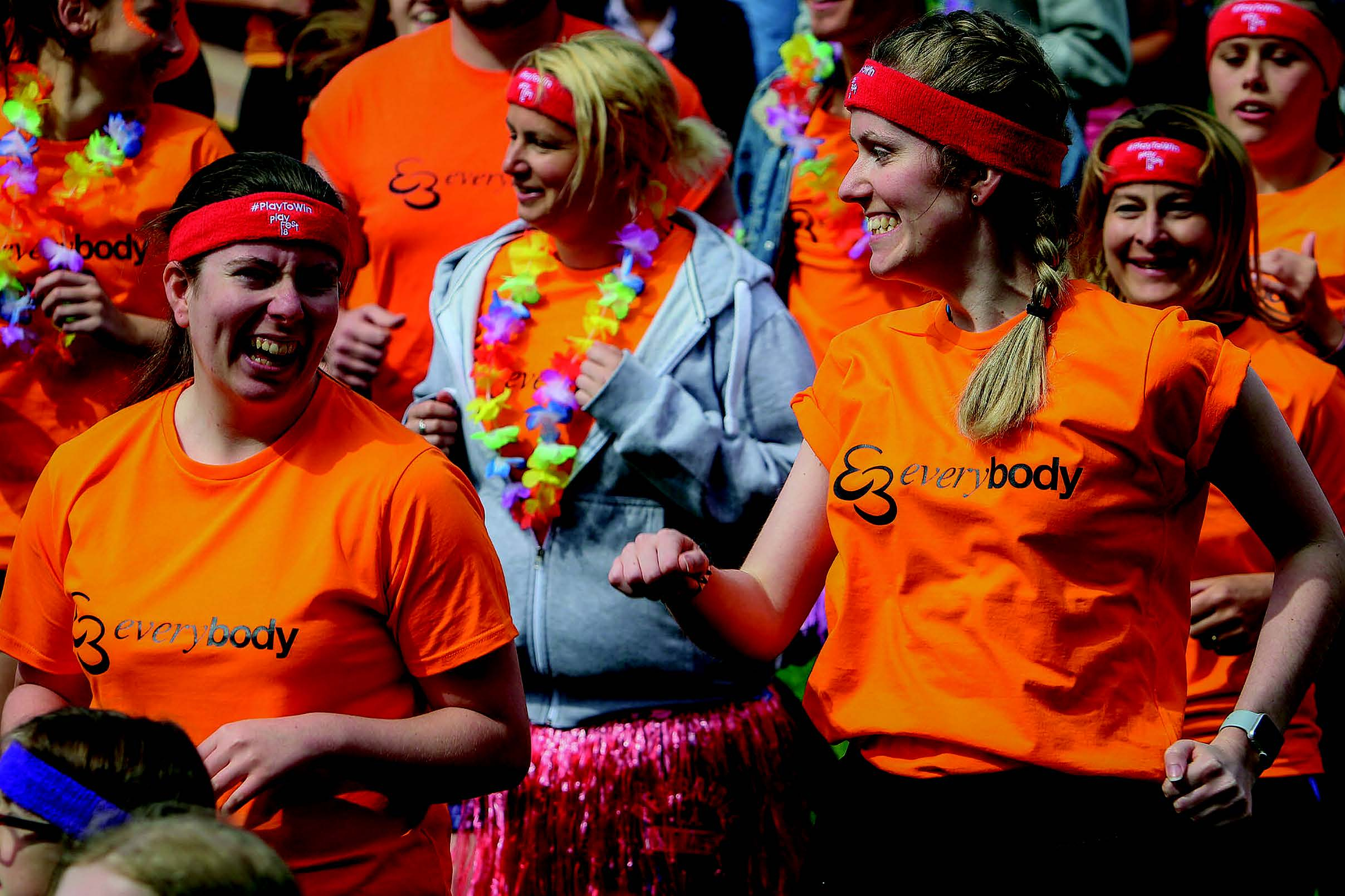
As many *Active Partnerships celebrate their 20th anniversaries this year, we talk to the network’s CEO to learn how it is changing to meet current needs.
Q. What have been your key successes to date?
Over the last 20 years the partnerships have become a significant part of the sport and physical activity landscape across England. Individual partnerships have developed and delivered local programmes in partnership with their local partners.
The network has delivered high profile wide reaching national initiatives including:
Q. How have Active Partnerships evolved?
In 2005 we became known as County Sports Partnerships (CSPs), extending our remit beyond young people to cover all sports and ages. We were tasked with the local delivery of a range of programmes and helping NGBs deliver their plans locally.
Following the government strategy Sporting Future in 2016, the government recognised the importance of CSPs in supporting the local delivery of the strategy. But they also identified a need for change.
Low levels of physical activity and stubborn inequalities remain across different groups in society and the needs of our partners and communities are changing. So over the last few years we’ve been going through a major change programme in partnership with Sport England.
Q. How have needs changed?
Activity levels are affected by complex influences and no single organisation or programme can create sustainable change at scale.
The Sporting Future strategy recognized this and called for a more cross government, outcome focused approach.
Sport England’s strategy, Towards an Active Nation, built upon this and recognising the different needs of local communities, proposed testing a more place-based approach, which requires a different and stronger relationship with the Active Partnerships.
Funding, capacity and expertise for physical activity within local authorities has reduced, and associated services such as youth and community engagement, health and police are all under pressure. Yet it is these same partners that we need to work with to tackle inactivity. But we also need to work with partners that may be outside of the sport and physical activity sector but who can help engage the less active members of society.
Q. How are you adopting a systems approach to tackling inactivity?
Recognising a single intervention or organization is not enough, we are increasingly working across organisational boundaries to develop and achieve common goals.
The answers often lie within the communities and individuals we are seeking to support:
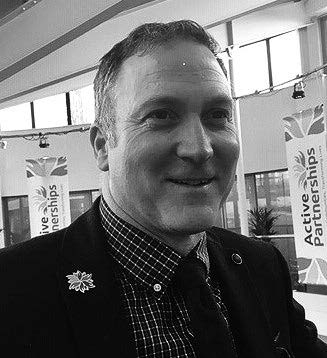
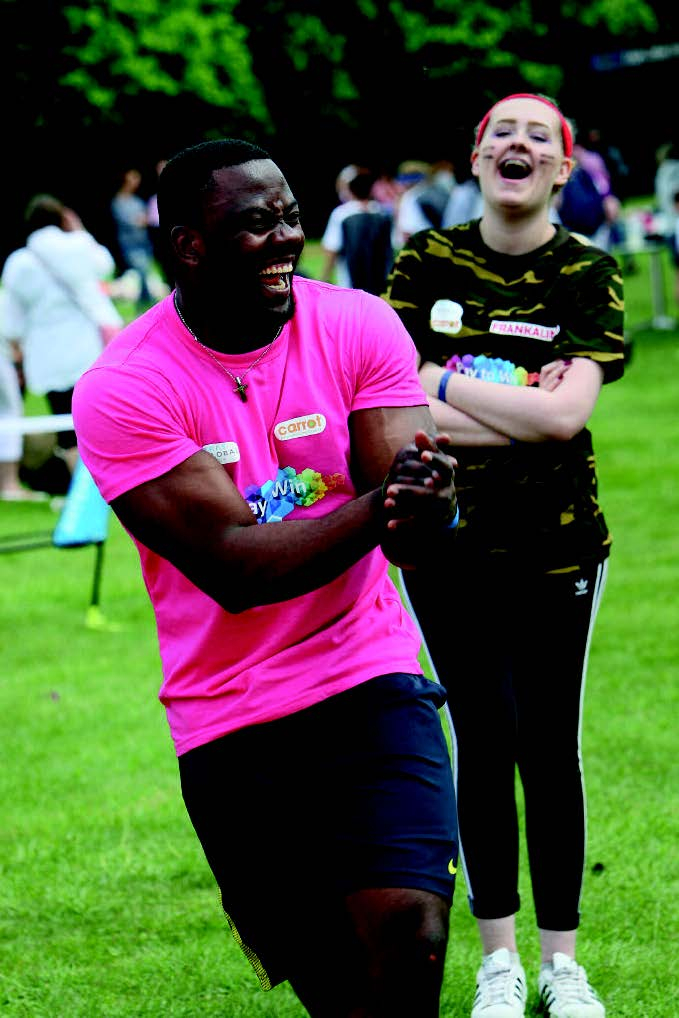
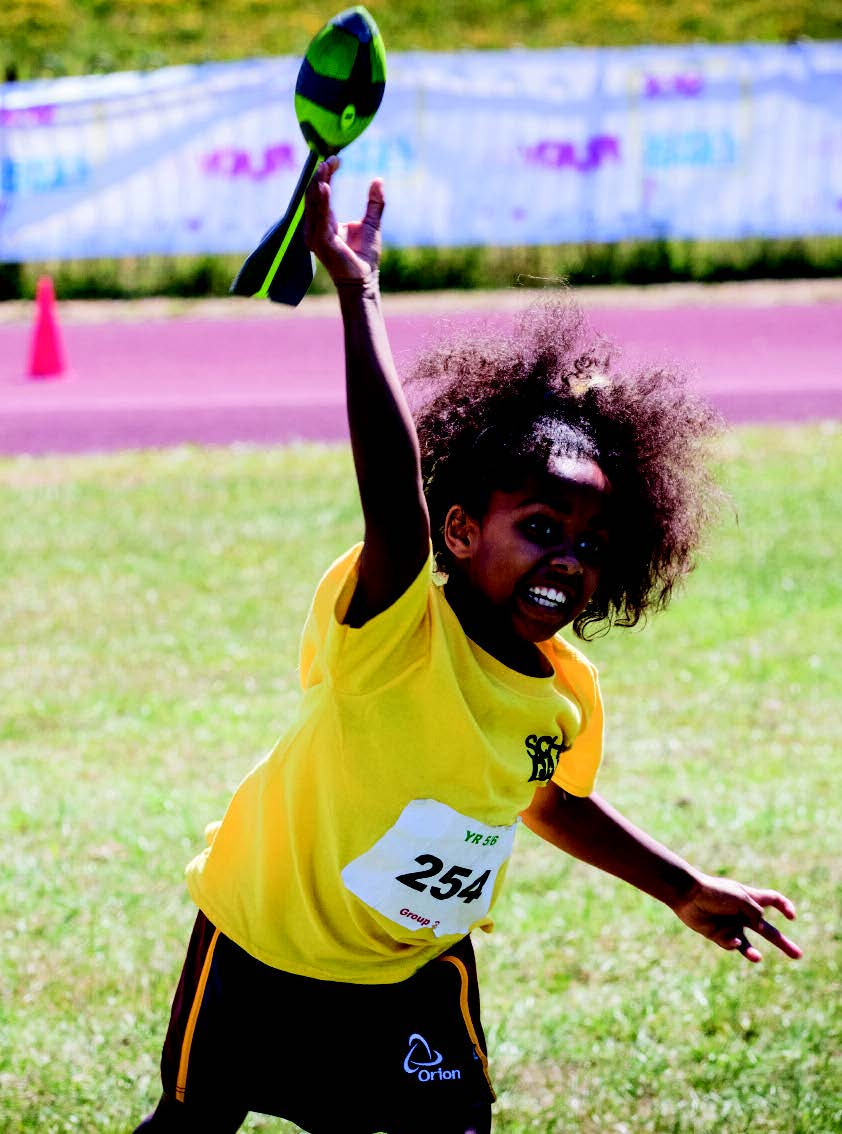
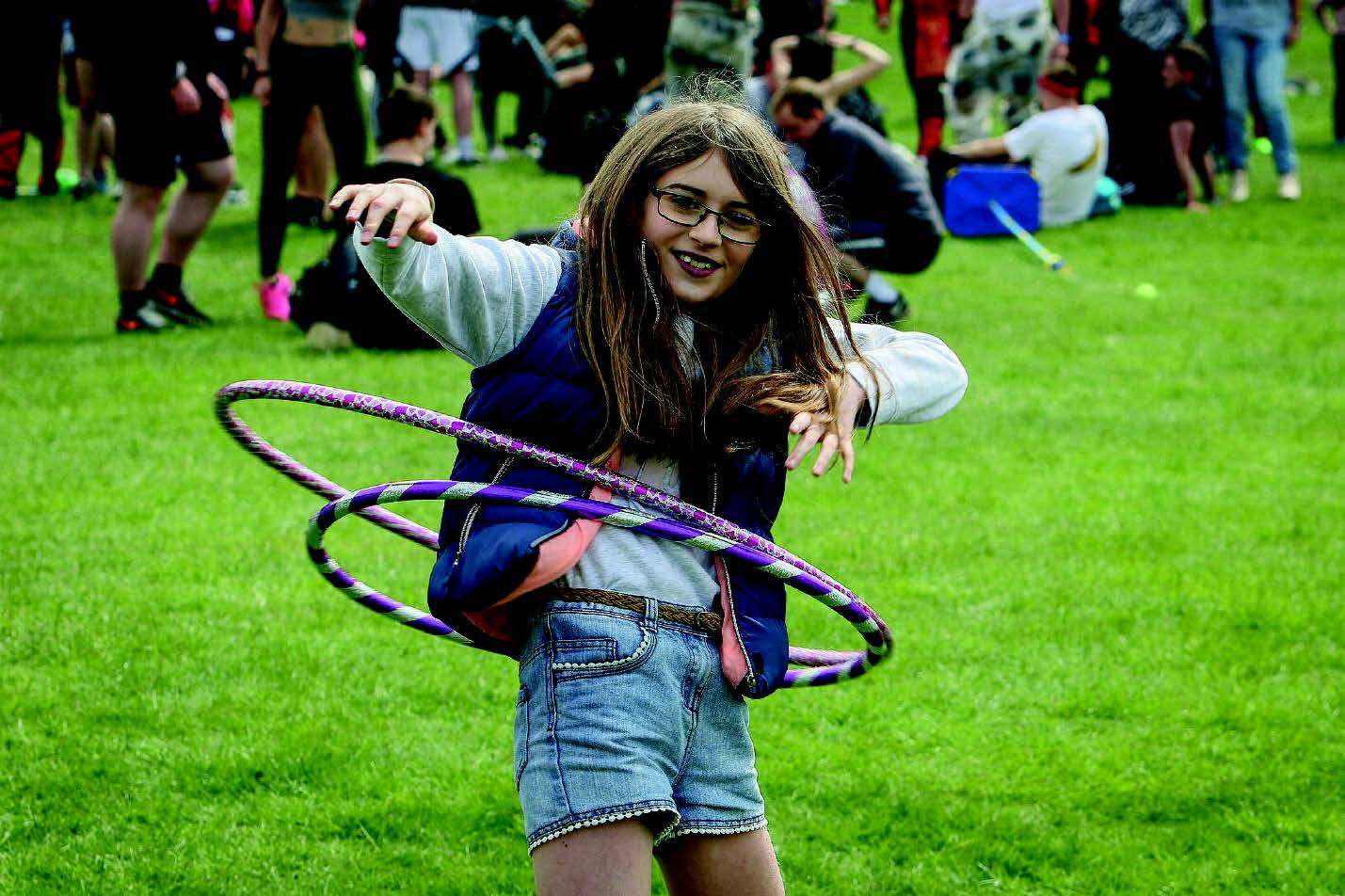
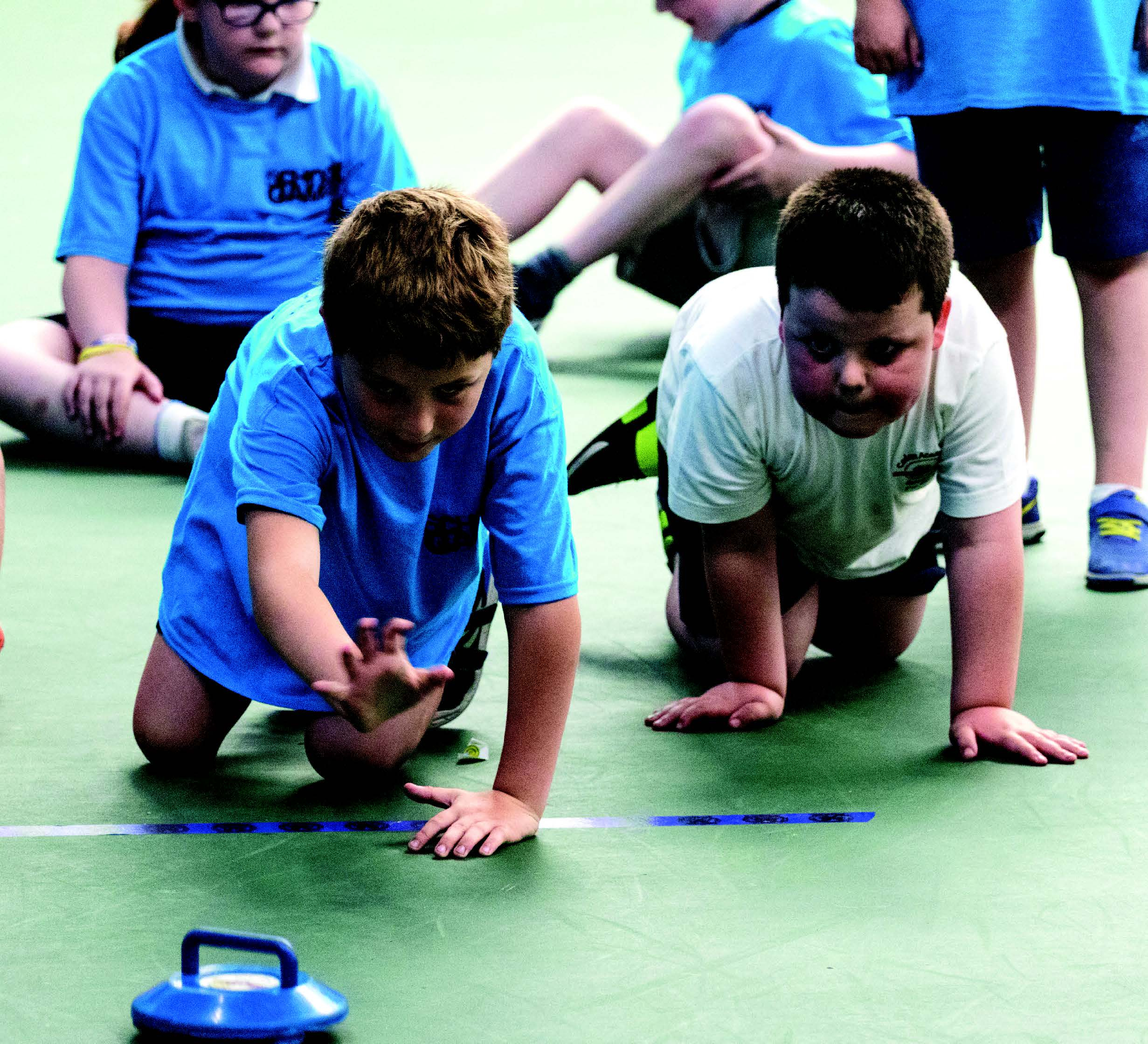
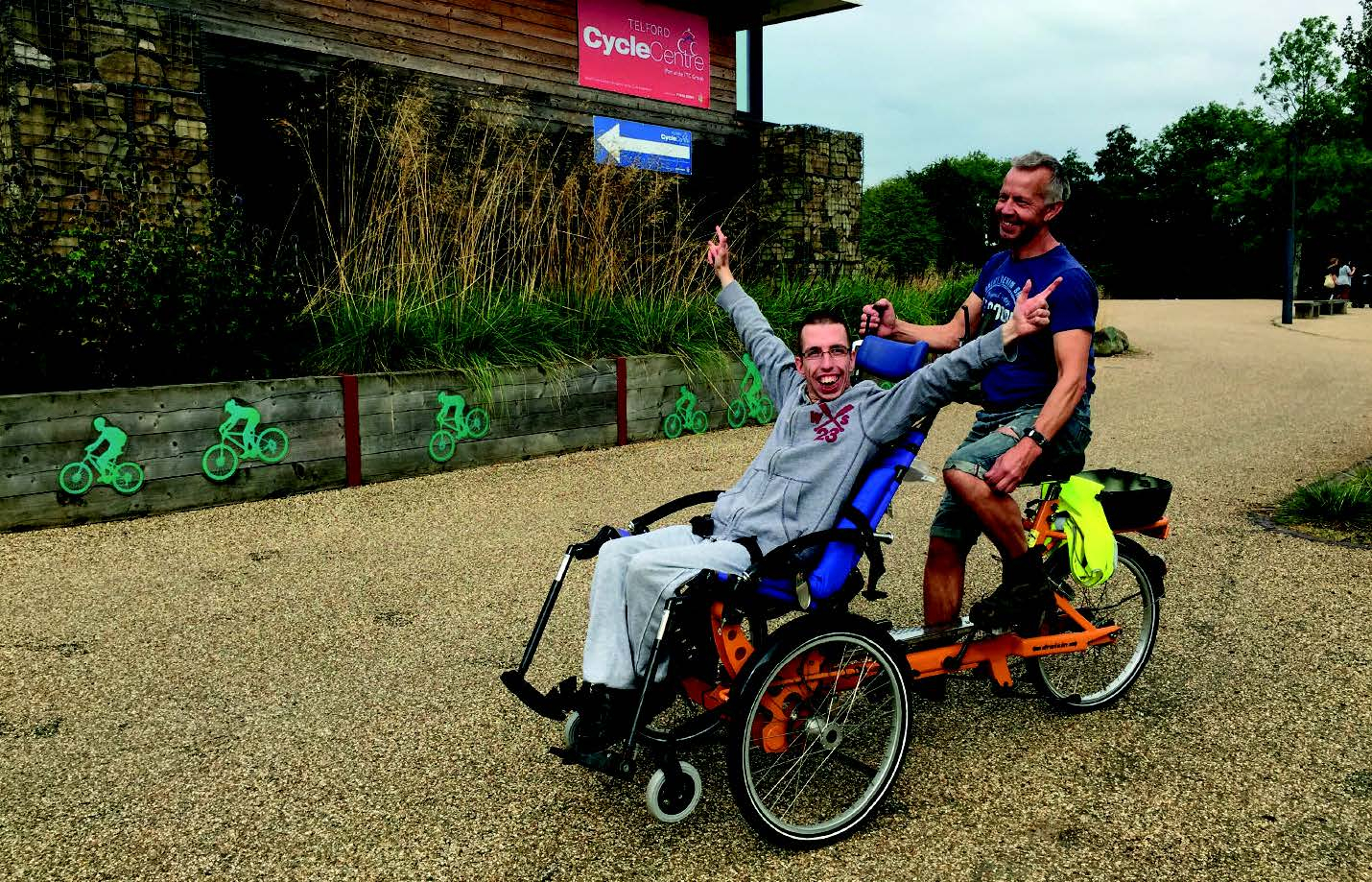
In many ways, it’s like the cross-government approach proposed within Sporting Future, but at the local level. The challenge for the Active Partnerships, given the scale of the task, is to establish clear priorities based on local need and where they believe they can have the biggest impact.
At headline level, the partnerships are seeking to create the following conditions in every locality:
Q. How will this change what you do?
Shifting from top down programme delivery to a whole system approach requires us to facilitate the system and be part of it alongside other stakeholders.
We are seeking to:
Going beyond the direct outputs of behaviour change programmes
We are thinking about how programmes can be used to enhance our customer understanding, engage target communities, build the evidence, influence decision makers, policy and investment, broker new partnerships, develop the workforce and begin to create a social movement.
To support this, we are developing a learning and improvement culture and getting better at evaluating the impact of our work on social outcomes.
Q. Tell us about your new brand ‘Active Partnerships’.
Our new name reflects our changed approach and recognises the many partners have worked with us over our 20-year history.
‘Active’ highlights the broad spectrum of sports and physical activities we embrace, the dynamic and agile way that we approach our work and our mission to increase levels of engagement in sport and physical activity.
‘Partnerships’ reinforces the collaborative nature of our work and our core purpose to create the conditions for an active nation by engaging communities, building understanding and insight, brokering cross sector partnerships and influencing policy and practice.
*About Active Partnerships
- The Active Partnerships were established by Sport England in 1999-2000 as a nationwide network of local partnerships. The goal being to lead the local delivery of national programmes including Active Sports and County Youth Games.
- The non-profit, social enterprises are locally led and embedded within their communities. - - There are 43 Active Partnerships which come together to provide a nationwide network. Therefore they are able to join up national policy and programmes with local partners and practice.
-A unique feature of the Active Partnerships is their independence, working across all sports, activities, providers and audiences, focused on the needs of their local communities.
- The vision of the network is to make active lifestyles the social norm for everyone.